What is the youngest age you can start gymnastics?
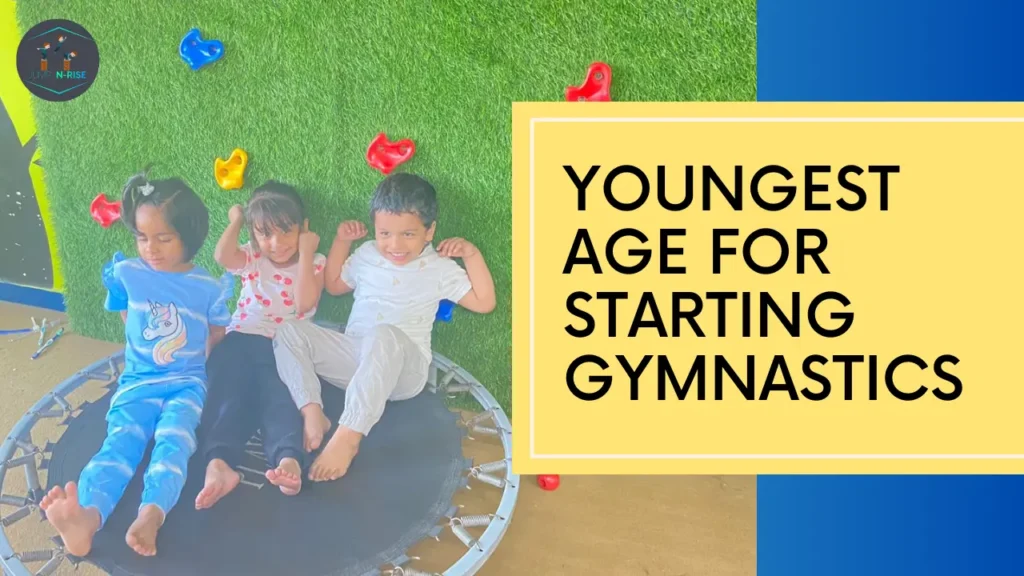
Table of Contents
Have you ever seen young gymnasts doing amazing flips and wondered when they started?
In Ahmedabad, lots of parents, like you, want to know the best age for kids to begin gymnastics. It’s important, especially when kids are growing up.
This blog will talk about the best age for learning gymnastics. We’re going to find out the youngest age to start and all about starting gymnastics early. It’s all about helping parents figure out the best time for their kids to start gymnastics fun!
Understanding Early Age Gymnastics Training
Alright, let’s explore why gymnastics is fantastic for little kids. It’s about more than leaping and somersaulting.
Why Gymnastics Rocks for Young Ones
Gymnastics greatly benefits kids, especially the youngest ones. It acts like a superpower in many ways. They grow stronger, become more flexible, and master balancing.
But gymnastics doesn’t only fortify their bodies. It sharpens their minds too! They enhance their listening skills, improve direction following, and even refine problem-solving abilities.
What Do the Experts Say About Starting Age?
Now, you might be thinking, ‘What’s the best age to start?’ Well, groups like USA Gymnastics, the big experts in this field, say that kids can start as young as 2 or 3 years old.
That’s when they can join fun classes that teach them all about moving and grooving in a safe way.
Yet, every child is unique. Some may be eager to tumble and twirl at 2, while others may prefer to wait. That’s fine.
The most crucial aspect is that they’re enjoying themselves and learning at their pace.”
Teenager doing trampoline activity at Jump-n-Rise
Gymnastics for Toddlers: When to Start?
Moving on to toddlers, let’s figure out when they should start gymnastics and what they can do at this age.
Tiny Tumblers
When it comes to toddlers, gymnastics isn’t about doing complicated moves. It’s all about fun, basic activities that are perfect for their age. Think about simple tumbling, playful jumping, and basic balancing exercises. These activities are not only enjoyable but also super safe for them.
What’s cool is that these activities do more than just help toddlers move better. They play a big part in their overall growth. As they roll and hop around having a great time, they are also making their muscles and coordination stronger. It’s like they’re learning a new language, but this one is all about movement!
Boosting Brains and Bodies
Now, it’s not only about their physical skills. Early gymnastics helps their brains grow too. When toddlers do gymnastics, they get better at listening, following directions, and learning to solve little problems. It’s amazing how learning to balance on a beam can teach them to focus and concentrate.
So, when should toddlers start? If your child is 2 or 3 years and loves to jump and play, it could be the right time to start gymnastics. Remember, it’s all about making it fun and suitable for their age. This way, they learn and grow while having a blast!”
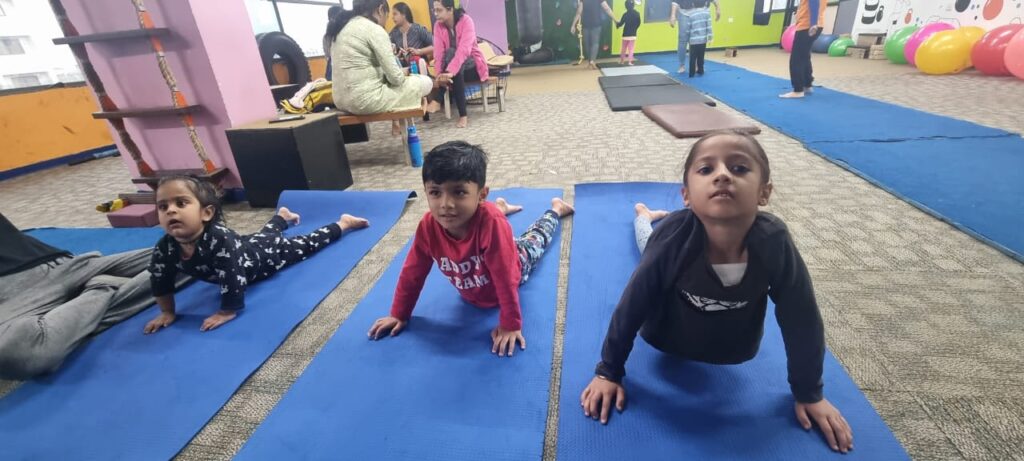
Progression in Gymnastics: Ages 2-15
We’ve looked at when toddlers should start gymnastics. Now, let’s see how their training changes as they get older.
Starting Young: Ages 2-5
When kids are tiny, like 2 to 5 years old, gymnastics is all about fun. They learn easy stuff like rolling and jumping. It’s not hard, but it’s super fun and safe. These little moves help them grow strong and learn how to move their bodies.
Getting Better: Ages 6-10
As kids get a bit older, from 6 to 10 years, they start to learn more things in gymnastics. Now they’re doing cool moves like handstands and cartwheels. They also start using things like beams and bars. It’s still fun, but they’re also learning to be excellent at what they do.
Learning More: Ages 11-13
Kids between 11 and 13 start to do even harder moves. They’ve already learned a lot, but now they’re getting even better. They work on making their moves look perfect and getting stronger and more flexible.
Big Skills: Ages 14-15
For the oldest kids, ages 14 and 15, it’s about doing their best in gymnastics. They might even be in competitions. They work hard on their routines and learn complex skills.
In gymnastics, as kids grow up, they learn more and more. It’s important that they have fun and stay safe while they’re learning. Each kid is different, so they might learn at their own speed. That’s okay! The main thing is they’re having fun and getting better in their own way.
Considering Your Child’s Readiness
Every child is unique, and this confirms especially when it comes to starting gymnastics. It’s not about age. It’s also about whether your child is ready and interested. Let’s talk about how to tell if your child is ready for gymnastics.
Is Your Child Interested?
First, look at how interested they are. Do they love jumping and tumbling around at home? Do they watch gymnastics on TV and try to copy the moves? If yes, that’s a great sign! It means they might enjoy gymnastics classes.
Can They Follow Instructions?
Another thing to think about is whether your child can listen to and follow instructions. In gymnastics, they need to listen to their coach to learn new things and stay safe. If your child can focus and follow simple directions, they gear up for gymnastics.
Physical Readiness
Physical readiness is also key. Are they able to do basic physical tasks like balancing on one foot, hopping, or climbing? These skills show they might be ready to start learning gymnastics.
Emotional Readiness
Lastly, think about their emotional readiness. Are they comfortable being away from you in a class? Can they handle taking turns and sharing with other kids? These skills are important for a good experience in gymnastics.
Remember, there’s no rush. It’s better to wait until your child prepares for gymnastics. This way, they’ll have the best chance of enjoying gymnastics and doing well. Trust your instincts as a parent, and talk to gymnastics coaches for advice. They can help you decide if it’s the right time for your child.”
Balancing Gymnastics with Other Activities
Let’s talk about balancing gymnastics with other activities and studies:
- Mixing Sports: Gymnastics is great, but other sports like soccer or swimming can teach different skills.
- Creative Breaks: Encourage art or music for a creative break. They boost imagination.
- Outdoor Time: Pair gymnastics with outdoor fun like biking. It’s great for health.
- Study Time: Balance gymnastics with study time. It helps kids manage their time and stay focused.
Relaxation: Ensure they have time to relax and play. It’s key for a happy, healthy childhood.
Tips for Balancing Gymnastics and Studies:
- Set a Schedule: Create a routine that balances gymnastics, homework, and free time.
- Homework First: Try to get homework done before gymnastics, so they can enjoy training without stress.
- Quality Over Quantity: Focus on quality training and study time rather than long hours.
- Regular Breaks: Encourage regular breaks during study time for a healthy balance.
Conclusion
We’re at the end of our guide about when to start gymnastics and training for young kids. Now, let’s go over the main things we’ve learned.
- Starting Age: The ideal age to begin gymnastics can vary, but starting as young as 2-3 years is beneficial for foundational skills. Yet, it’s never too late to start.
- Progression and Readiness: Gymnastics training evolves as children grow, becoming more skill-focused. It’s crucial to consider your child’s individual readiness and interest in the sport.
- Balancing Gymnastics and Other Activities: Including gymnastics in your child’s routine offers a well-rounded physical and mental development. It’s essential to balance it with other sports, creative activities, and studies.
If you’re thinking about gymnastics for your child, come check out Jump-n-Rise in Ahmedabad! We’re all about fun, safety, and learning. Plus, we’re offering a free trial class, so your child can try it out and see how much they like it.
Join us for a Free Trial Class at Jump-n-Rise – Where Gymnastics Fun Begins in Ahmedabad!
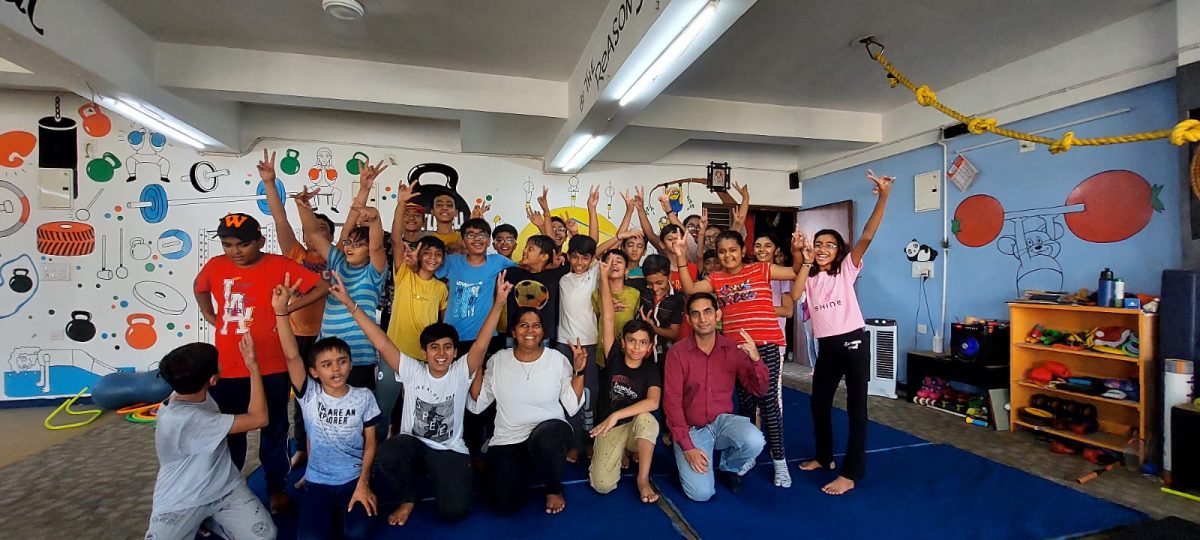
FAQs on Early Gymnastics
When should I start learning gymnastics?
It’s ideal to start young, around 2-3 years old, to build a foundation. However, it’s never too late to begin. The focus will be different depending on your age when you start.
Is it okay to start gymnastics at 11?
Yes, starting gymnastics at 11 is okay. You might need more time to learn some skills, but you can still enjoy and excel in the sport.
Is there an age limit for gymnastics?
There isn’t a strict age limit. It depends on personal goals, fitness level, and commitment to learning gymnastics.
Can you do gymnastics if you're not flexible?
Yes, flexibility is a skill that improves with practice in gymnastics. It should not be a barrier to starting.
Can you start gymnastics at 15?
Starting at 15 is fine. The focus would be on building strength, flexibility, and learning basic skills before progressing.
Can boys do gymnastics?
Absolutely, boys can and do excel in gymnastics, which offers them unique physical and mental benefits.
How to do a cartwheel?
A cartwheel starts with a lunge, hands placed on the ground, legs kicked over in turn, and landing back on feet. It requires practice to perfect the motion.
How do I teach my 4-year-old cartwheel?
Start with the basics like hand placement and leg movement. Use spotting to guide their body through the motion for safety.
How to do a cartwheel for 9-year-olds?
Encourage practicing the hand and foot placement and smooth transitions. It’s about coordination and strength at this age.
Can a 2-year-old do a cartwheel?
At 2, they’re still developing basic motor skills. Focus on simpler activities like rolling and balancing before advancing to a cartwheel.
Can I learn gymnastics at 13?
Yes, you can start learning at 13. The initial focus should be on foundational skills, flexibility, and building up to more complex skills gradually.
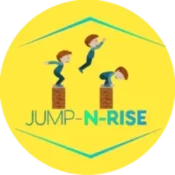
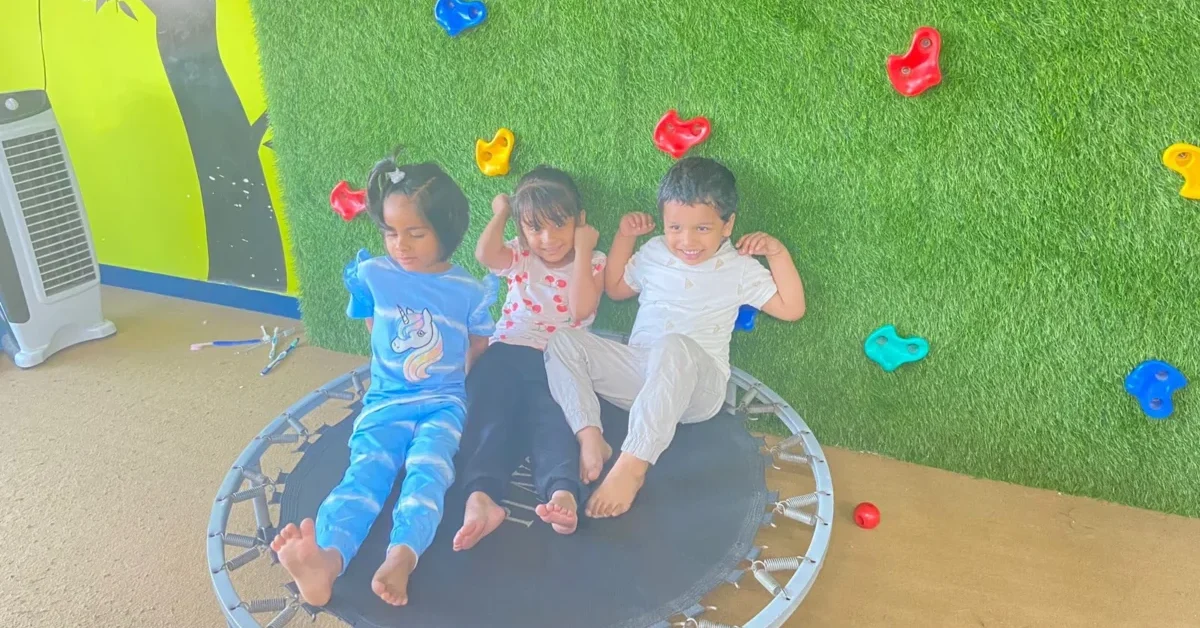
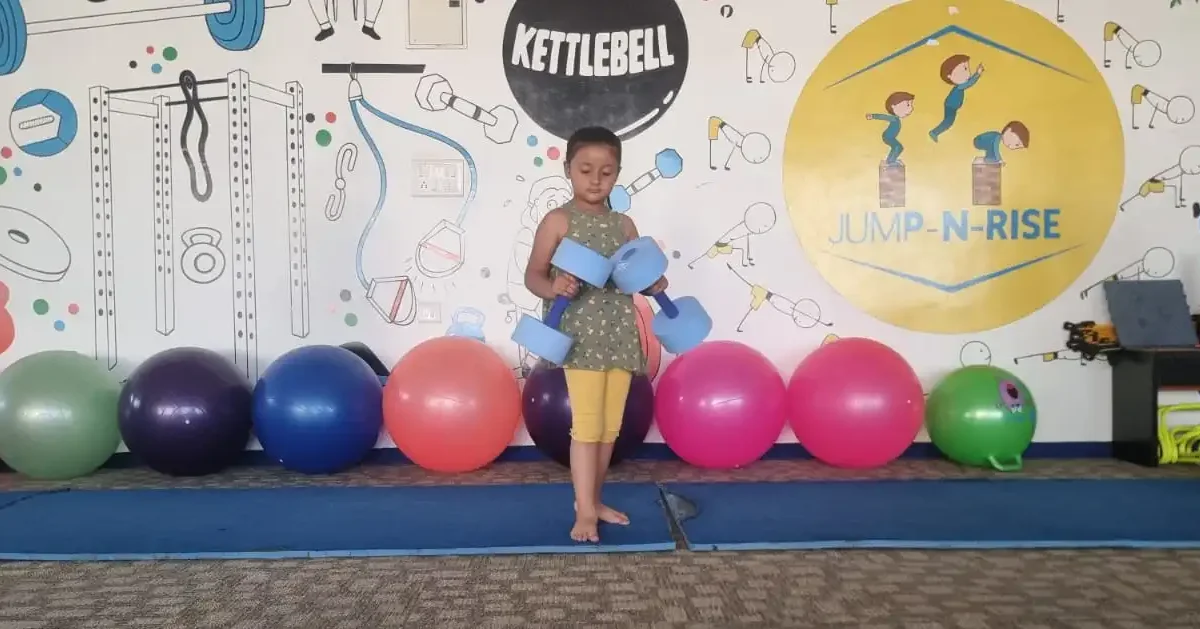
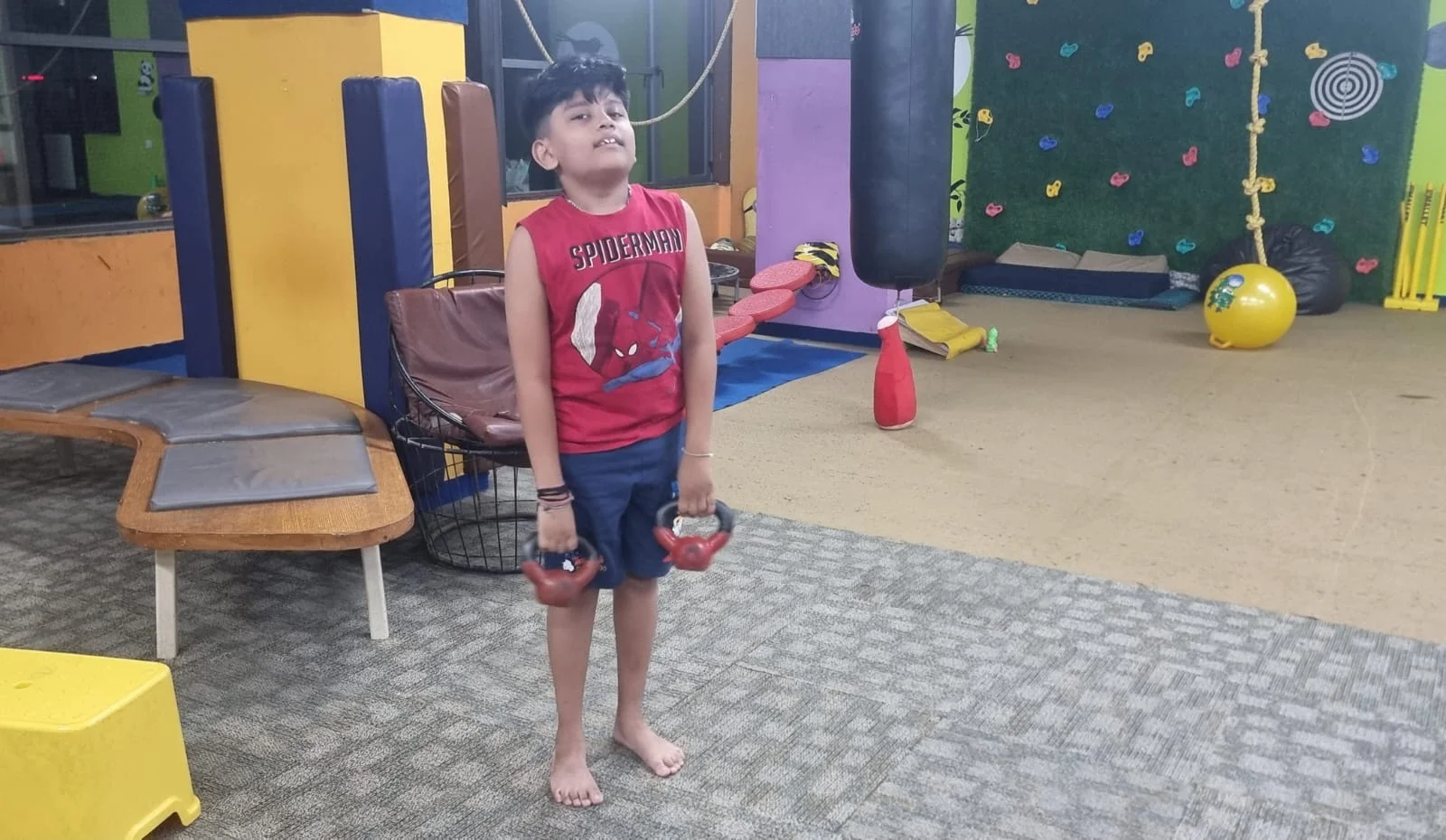
One Response
Good blog